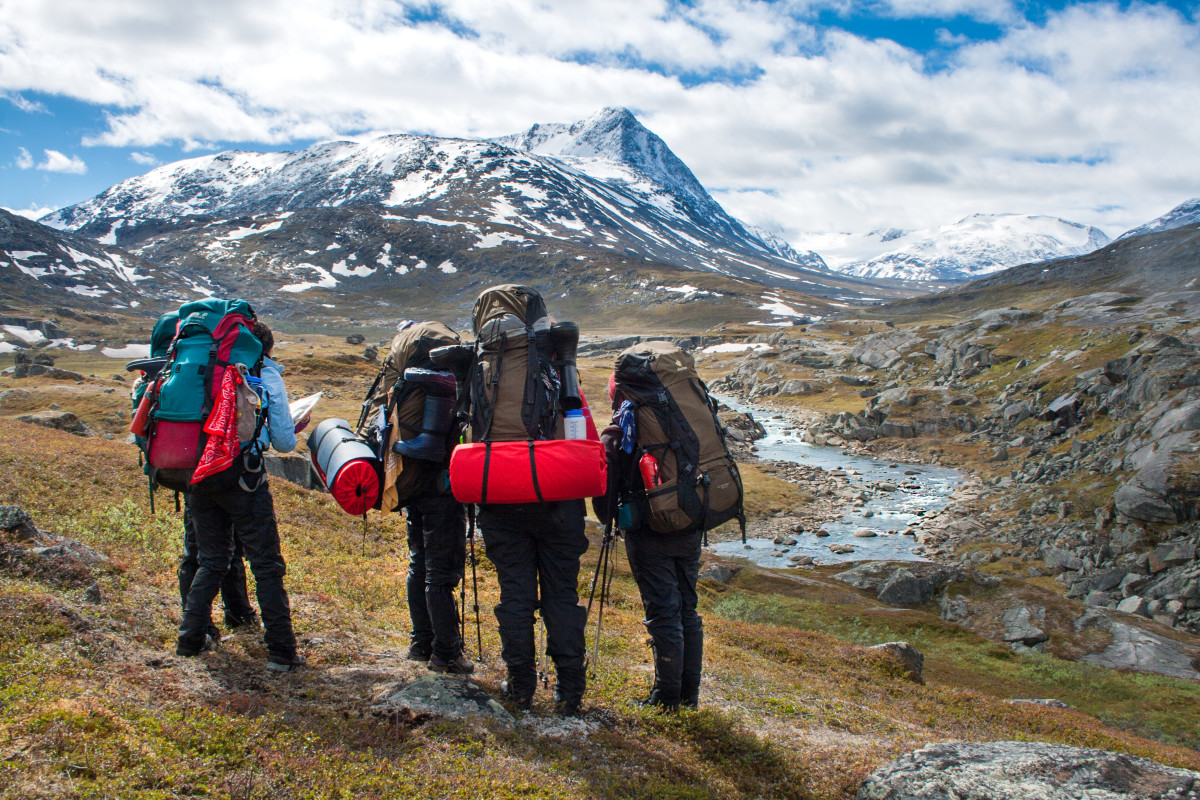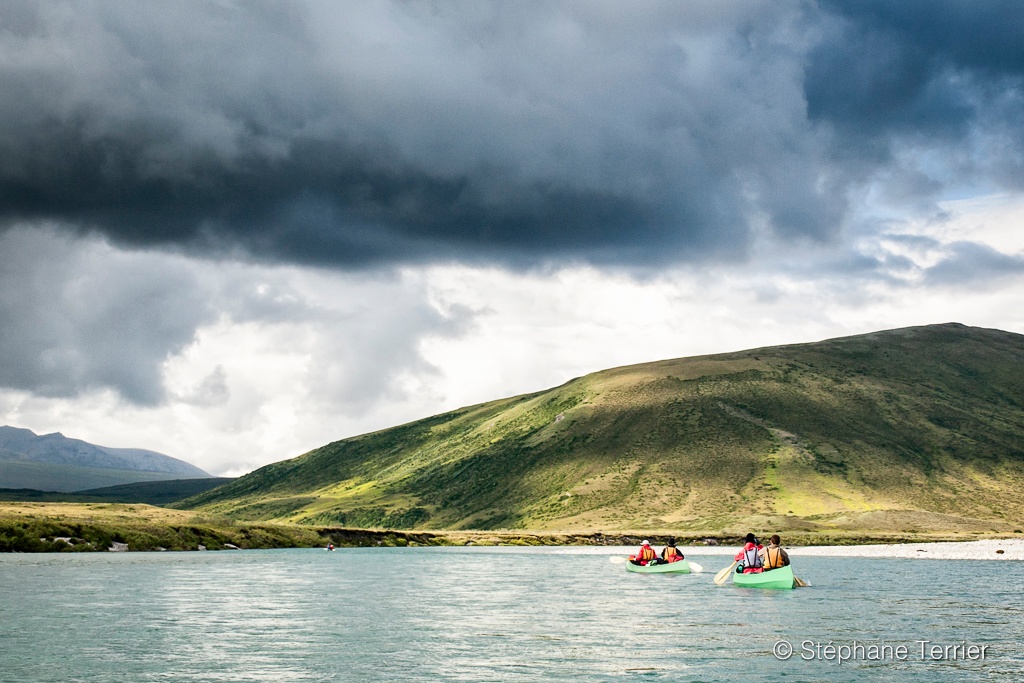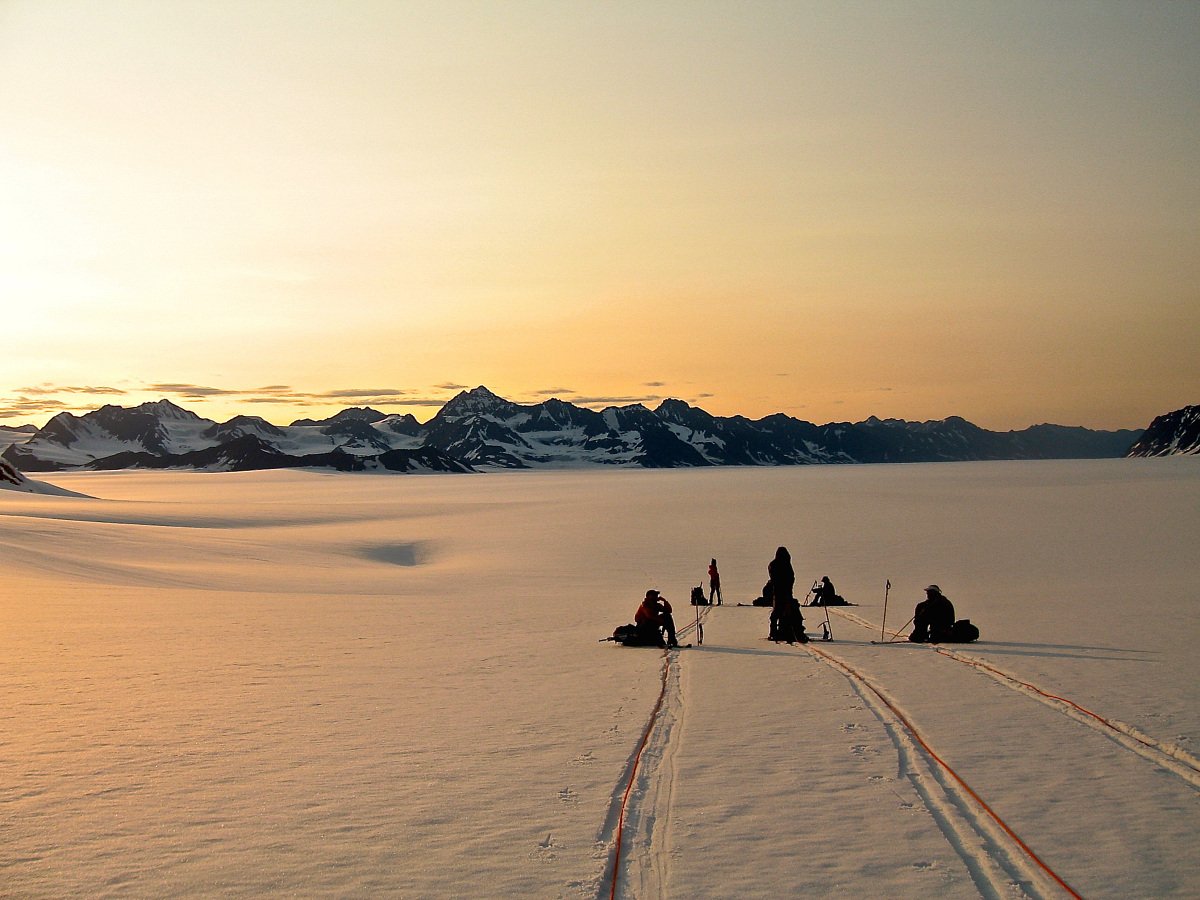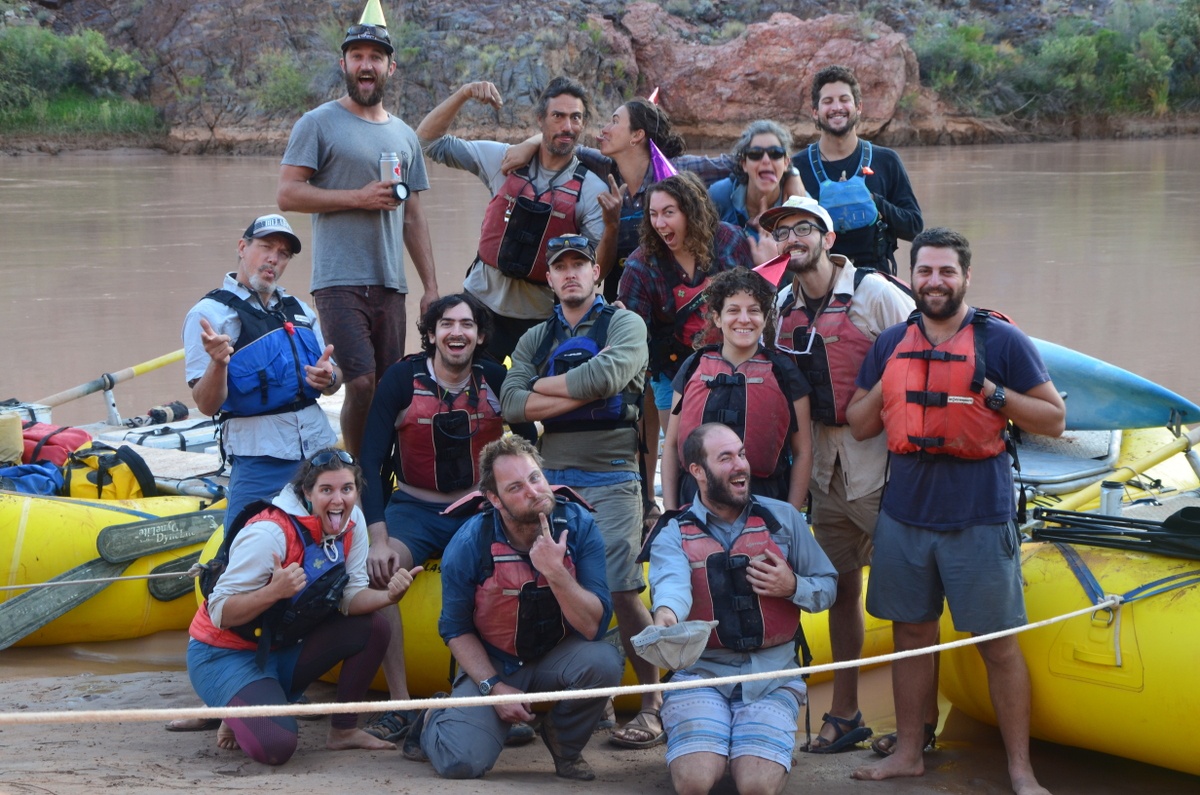
Cell phones are becoming better adventure tools every day. You can find what feels like endless apps for navigation, trip guides, even stargazing.
So why, when you look through a NOLS equipment list, is a cell phone nowhere to be found?
NOLSies will answer this in different ways—some might point out that most of our course areas are in such remote wilderness that cell phones will work about as well as a pile of Legos for communication, and others will point to this as just one of our many long-held traditions.
More important, though, is that students on NOLS courses keep finding value in unplugging.
What they learn about themselves, and others, is impossible to get when a phone’s in their pocket.
Now, we aren’t saying never to bring your phone camping. But take a look at a few of the reasons why we leave phones behind on courses, and maybe you’ll consider a tech-free adventure next.
Boredom is Good for You

Outside of the many tools available on a smartphone, one of the main reasons people use their phone is, at its root, distraction. We open social media apps just to see what’s going on, watch entertaining videos, or read.
When a phone is present, it’s almost impossible for your mind to go “off”—your attention is inevitably pulled toward your phone. As this study showed, “Results from two experiments indicate that even when people are successful at maintaining sustained attention—as when avoiding the temptation to check their phones—the mere presence of these devices reduces available cognitive capacity.” (source)
When phones are not present, our attention is more free.
Now, don’t confuse free attention, or even boredom, with nothing going on. When people claim to feel bored, there’s actually a lot that your brain does.
Brain imaging has shown that “The brain as a whole is very nearly as active, and indeed activated more widely, when the mind is wandering than when it is engaged.” (source)
The nature of outdoor travel lends itself pretty well to letting the mind wander. Although you need to pay attention to your surroundings, you’re also spending hours each day hiking or paddling or waiting for water to boil—times of repetitive motions when your mind has freedom to wander.
When we pull back from attending to tasks, we free up our minds to plan for the future, let ideas take root, and gain perspective on our lives.
One researcher points out that “Boredom is both a warning that we are not doing what we want to be doing and a ‘push’ that motivates us to switch goals and projects” (source).
Limiting Resources Leads to Better Problem Solving

One thing we rely on our phones for is quick answers. You can look up the height of Mt. Kilimanjaro, the year proper hiking boots were invented, and the real length of an inchworm in an instant.
Some of the most fun conversations—and most heated debates—that happen on NOLS courses center around just these kinds of questions—things you could know in a moment at home, but are impossible to verify when you’re in a mountain valley in Patagonia.
More seriously than honing your debate skills, not having easy answers available builds the mental muscles of creativity and resilience.
Research conducted on NOLS expeditions showed participants learned ill-structured problem solving (solving problems with unclear goals and incomplete information) better than their peers who had only learned in a classroom setting.
Learning to cope with these types of problems in a limited-information environment helped those students perform better when they returned to campus.
Maybe your next expedition is an opportunity for this type of creative problem solving…
You Connect Better with the People Around You

Many of us now rely on our phones for communication and maintaining a sense of community.
This is often the most difficult part of the beginning of a NOLS expedition—figuring out how to deal with not being a part of the conversation, or not being able to contact who you want when you want to.
It can be really hard.
But it’s also an opportunity.
Because you’re outside of your normal support network, your expedition mates become the people you turn to for advice, for jokes, and for encouragement when the trip gets difficult. With no distractions, relationships form quickly.
Liz Blair remembers from her Outdoor Educator course that “At the beginning of our trip, we were 12 strangers, and now we know each other as if we've been friends for years. That's what happens when you sleep, eat, sweat, and hike with one another non-stop for three weeks.”
And more research is showing that “conversations with no smartphones present are rated as significantly higher-quality than those with smartphones around, regardless of people’s age, ethnicity, gender, or mood. We feel more empathy when smartphones are put away.” (source)
Looking at your phone, on the other hand, signals that your attention is elsewhere—don’t interrupt me, I’m not listening, I’m doing something else right now.
When you’re in the outdoors, the people you’re with are the people you’re with. For better or worse. You’re committed to this group and your shared goal of moving through a wild place together.
This opportunity to focus on building connection outside the phone doesn’t just stay with you in the wilderness—it’s something you can practice and build upon at home.
Next time you’re packing your bag, think twice about bringing your phone. Do you really need it? Then, consider making it tech-free.
Written By
Molly Herber
Molly is a NOLS instructor and writer. She loves the smell of her backpack and does her best writing before 7:00 am. When she's not scouting the next post for the NOLS Blog, she's running and climbing on rocks in Wyoming. Follow her on Instagram @mgherber



